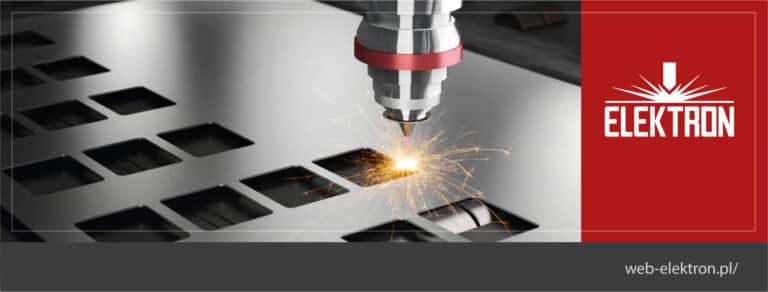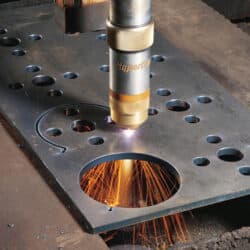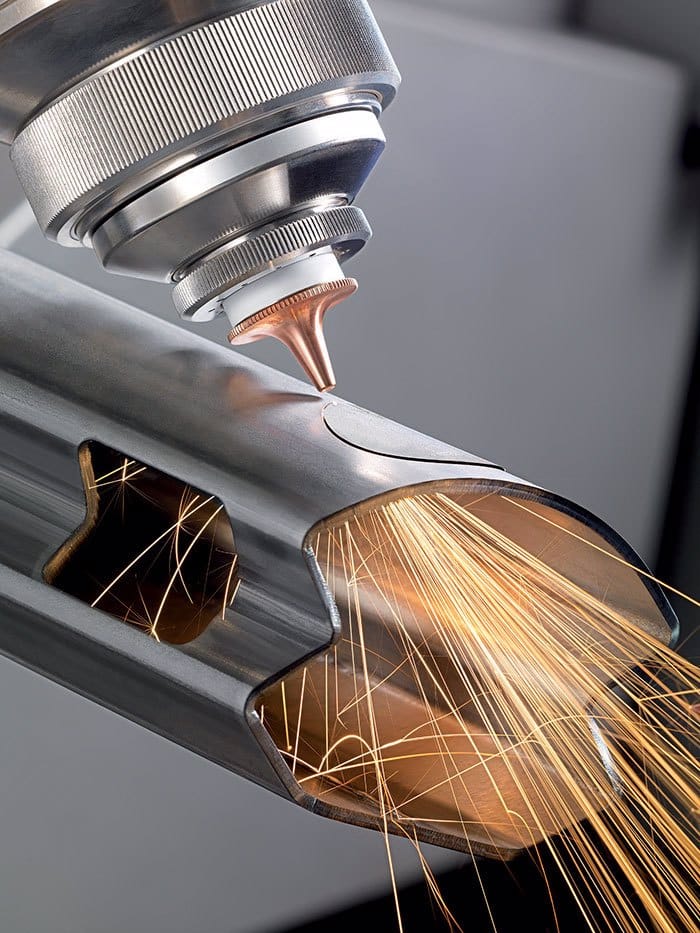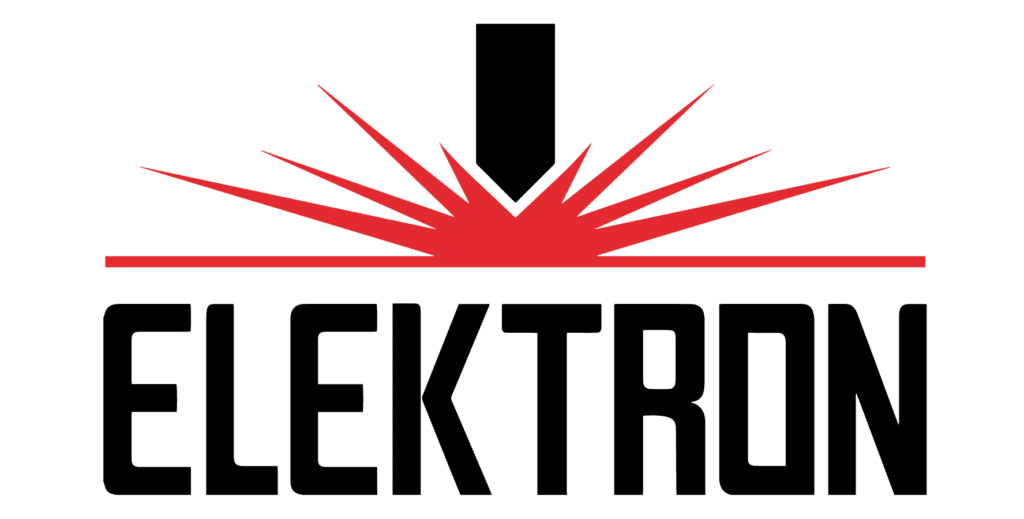
Metal is one of the most widely used raw materials in the world. We use it to build houses, cities, and installations, as well as decorations, car parts, and technology. It owes its popularity to its durability, reliability, and universal application. However, it must be admitted that it is not the easiest material to process. Fortunately, nowadays, plastic processing can be performed using many different methods, both complex and technologically advanced as well as simpler ones. In today’s article, we will deal with one of the most popular machining services, i.e. metal cutting, namely the two most popular cutting methods, which are laser and plasma cutting.
How to Decide Between Laser and Plasma Cutting
It is always necessary to carefully analyse the specifics of a given project before choosing a specific method. There are at least a few factors to consider in this process. The most important of them are:
- Application of a given material
- Special features of the order
- The specificity of working with a given material delivery time,
- The budget for the order
- The possibility of secondary processing advantages of the material’s method
As it would not be appropriate to give an unambiguous answer on this topic, we decided to explain the advantages and disadvantages of both methods a little and briefly tell you about them.
Plasma cutting

Plasma cutting is a method of cutting mainly used in metalworking; most often it is steel, aluminium, or copper alloys, with the use of a plasma arc. This method uses a highly concentrated and glowing electric arc with high kinetic energy between the non-consumable electrode to melt and remove the metal from the cutting gap. The action of the compressed gas stream on the glowing arc leads to its ionization, which in turn leads to the production of a cutting plasma stream. You can find more about plasma cutting here.
- The advantages of plasma cutting
- low probability of thermal deformation.
- The small diameter of the cutting gap
- good surface quality.
- cutting without burning thin materials.
- 0.5mm to 160mm, a wide range of cutting thicknesses,
- effective vertical cutting.
- Plasma cutting disadvantages
- Low accuracy compared to other cutting methods; difficulties
- in obtaining perpendicular edges.
Laser cutting

Laser cutting is one of the most modern processing methods. Laser cutting has similar dimensional parameters to classical machining, but much better results in terms of time, quality, and cutting precision. In the case of laser cutting, the cutting agent is the laser beam, which is characterised by high temperature and technical gas. Depending on the device used, laser cutting can be carried out in three ways: by burning, fusing, or sublimation. If this short explanation is not enough for you and you want to deepen your knowledge of this subject, please click here and read the detailed description of the method.
- The advantages of laser cutting
In many ways, laser cutting is the most advanced and best. Its most important advantages are:
- Remarkable, compared to plasma cutting’s precision and accuracy,
- There is no need for secondary edge processing.
- Possibility of mass production—high repeatability coefficient,
- Disadvantages of laser cutting
- The high cost of laser cutting equipment
- I have difficulty finding real professionals in this field.
- smaller material thickness range compared to other methods (usually up to 25mm).

